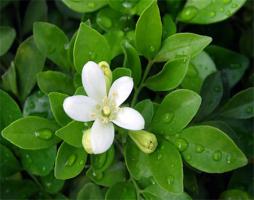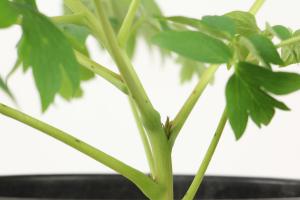How to Protect Newly Planted Trees in Winter
Planting trees is an excellent way to beautify the environment, improve air quality, and create wildlife habitats. However, newly planted trees are particularly vulnerable to harsh winter weather conditions. Frost, snow, wind, and ice can cause significant damage to young trees, affecting their growth and survival. Fortunately, there are several effective methods to protect newly planted trees in winter. Here are some essential tips:
Choose the Right Tree Species
The best way to protect newly planted trees from winter damage is to select the right species. Choose trees that are hardy, resilient, and adapted to the local climate. These trees are more likely to withstand winter weather conditions, tolerate cold temperatures, and require less maintenance. Some recommended species for winter planting include spruce, oak, maple, and pine. Consult a local nursery or a conservation organization for more advice on selecting the appropriate trees for your area.
Water the Trees Before Winter
Before the ground freezes, make sure you water the newly planted trees adequately. Watering will help them establish their roots, absorb nutrients, and resist cold temperatures. Give the trees a deep soaking of one inch of water every week, and make sure the water reaches the roots. If the ground is frozen or covered with snow, the trees may not receive sufficient moisture, which can cause them to dry out and become more susceptible to damage.
Add Mulch to the Base of the Trees
Mulch is an excellent way to protect newly planted trees in winter. Adding a layer of organic material, such as wood chips or shredded leaves, around the base of the trees can help insulate their roots, retain moisture, and regulate soil temperature. Apply the mulch in a 2-3 inch layer, making sure to keep it away from the trunk to prevent tree rot. Mulching can also prevent the growth of weed and grass, which can compete with the trees for water and nutrients.
Wrap the Trunks of the Trees
The trunks of young trees are prone to sunscald, which occurs when the bark freezes and thaws rapidly during winter. Sunscald can cause the bark to crack, peel, and expose the inner layers of the tree to disease and pests. To prevent sunscald, wrap the trunks of the trees with a protective material, such as burlap or tree wrap. This will help insulate the bark, regulate temperature, and reduce stress on the trees.
Guard the Trees Against Wildlife
Winter is also a season when wildlife may attack newly planted trees. Rabbits, deer, voles, and other animals may chew on the bark, twigs, and branches of young trees, causing significant damage. To protect the trees from wildlife, surround them with a wire mesh cage or wrap the trees with a plastic tree guard. These barriers will prevent animals from accessing the tree, while also allowing air and moisture to circulate freely.
Conclusion
By following these tips, you can help protect your newly planted trees from winter damage and ensure that they thrive for many years to come. Remember to choose the right tree species, water the trees before winter, add mulch to the base of the trees, wrap the trunks, and guard the trees against wildlife. With these precautions, your trees will be able to withstand the harshest winter conditions and continue to provide numerous environmental, health, and aesthetic benefits to your community.

 how many times do yo...
how many times do yo... how many planted tre...
how many planted tre... how many pine trees ...
how many pine trees ... how many pecan trees...
how many pecan trees... how many plants comp...
how many plants comp... how many plants can ...
how many plants can ... how many plants and ...
how many plants and ... how many pepper plan...
how many pepper plan...






























